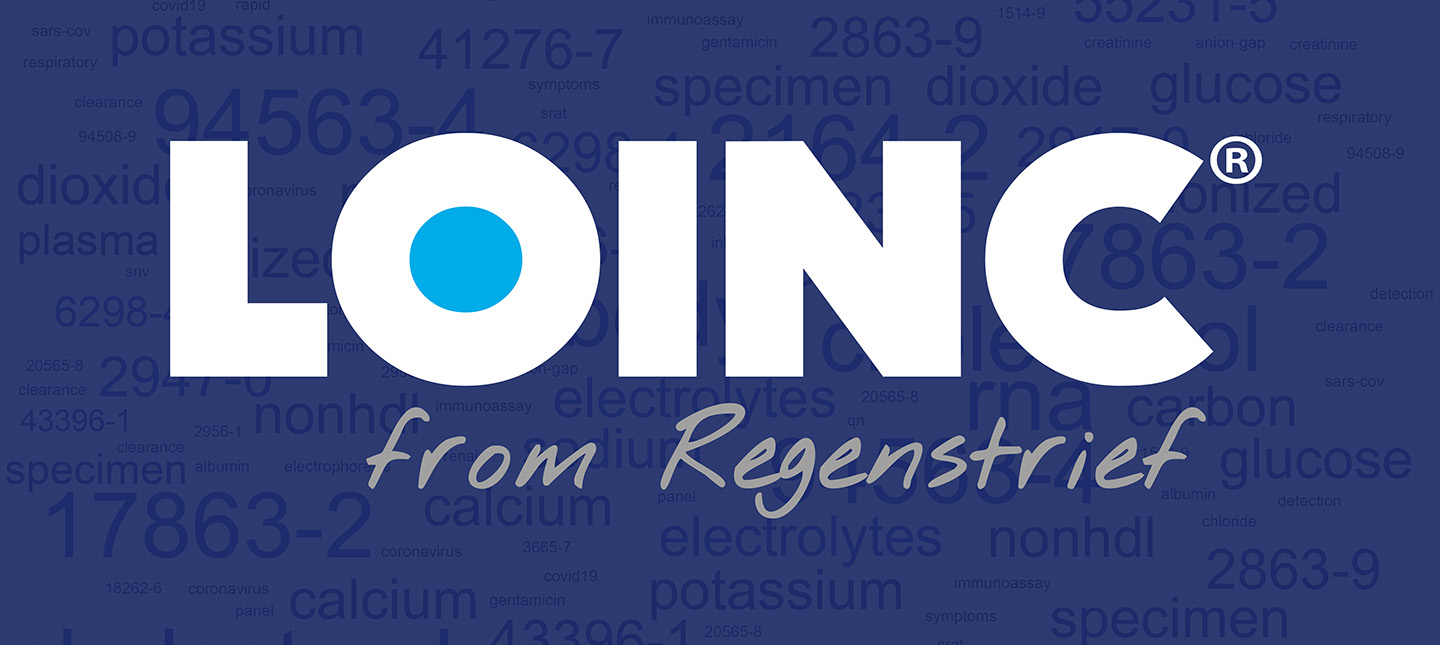INDIANAPOLIS – The OPTIMISTIC model of care, an innovative program developed and implemented by clinician-researchers to prevent unnecessary hospitalizations of long-stay nursing home residents reduced hospitalizations for diagnoses considered potentially avoidable by nearly 40 percent and total hospitalizations by 25 percent according to a study published in the March issue of the journal Health Affairs.
“Unnecessary hospital transfers are poor quality care,” said OPTIMISTIC director Kathleen T. Unroe, M.D., MHA, IU Center for Aging Research scientist, Regenstrief Institute investigator, and IU School of Medicine assistant professor of medicine. “OPTIMISTIC is about systems change, about supporting nursing homes to provide excellent care, care that matches what patients and their families want.”

In addition to improving quality of care, the reduction of potentially avoidable hospitalizations by OPTIMISTIC was associated with a savings of $236 in 2014 per resident in Medicare expenditures and $408 in 2015. There were even more significant reductions in overall Medicare expenditures.
OPTIMISTIC is one of only two of the seven demonstration projects nationwide funded by the CMS Innovations Center through the Initiative to Reduce Avoidable Hospitalizations among Nursing Facility Residents to demonstrate consistently significant favorable effects according to the Health Affairs evaluation.
The aim of OPTIMISTIC — an acronym for Optimizing Patient Transfers, Impacting Medical Quality and Improving Symptoms: Transforming Institutional Care — is to improve care and communication within nursing facilities and between these facilities and acute-care institutions so problems can be caught and solved, improving quality of care and reducing unnecessary hospital transfers.
Earlier detection and prevention are key to OPTIMISTIC. If not addressed and prevented, problems such as medication errors, lack of advance care planning and delayed recognition of changes in medical status often result in health decline and hospitalization of the nursing facility resident.
Throughout the initial phase of OPTIMISTIC, which was the focus of the Health Affairs article, nurses stationed at 19 participating nursing facility partners in central Indiana provided direct support to long-stay residents and their families as well as education and training to the facility staff. The second phase of OPTIMISTIC, which commenced recently in 44 nursing home partners across Indiana, is testing a new CMS payment model that incentivizes nursing facilities and their medical staffs to provide higher levels of care on site rather than sending residents to the hospital.
“With OPTIMISTIC, we work with the residents in the nursing homes where they live to improve many aspects of their lives including chronic disease management — especially for dementia, which affects about half of long-stay residents,” said IU Center for Aging Research scientist and Regenstrief Institute investigator Greg Sachs, MD, director of IU School of Medicine’s Division of General Internal Medicine and Geriatrics. “As health care in the US continues to evolve, nursing facilities and programs like OPTIMISTIC are going to become even more important.”
OPTIMISTIC clinician-researchers from the Indiana University Center for Aging Research, Regenstrief Institute, IU School of Nursing and University of Indianapolis are expected to receive more than $30 million of Centers for Medicare and Medicaid Services funding from the start of the project in 2012 through its projected conclusion in 2020.
“Initiative To Reduce Avoidable Hospitalizations Among Nursing Facility Residents”
doi: 10.1377/hlthaff.2016.1310
Media contact:
Cindy Fox Aisen
Regenstrief Institute
caisen@iupui.edu
317-843-2275









